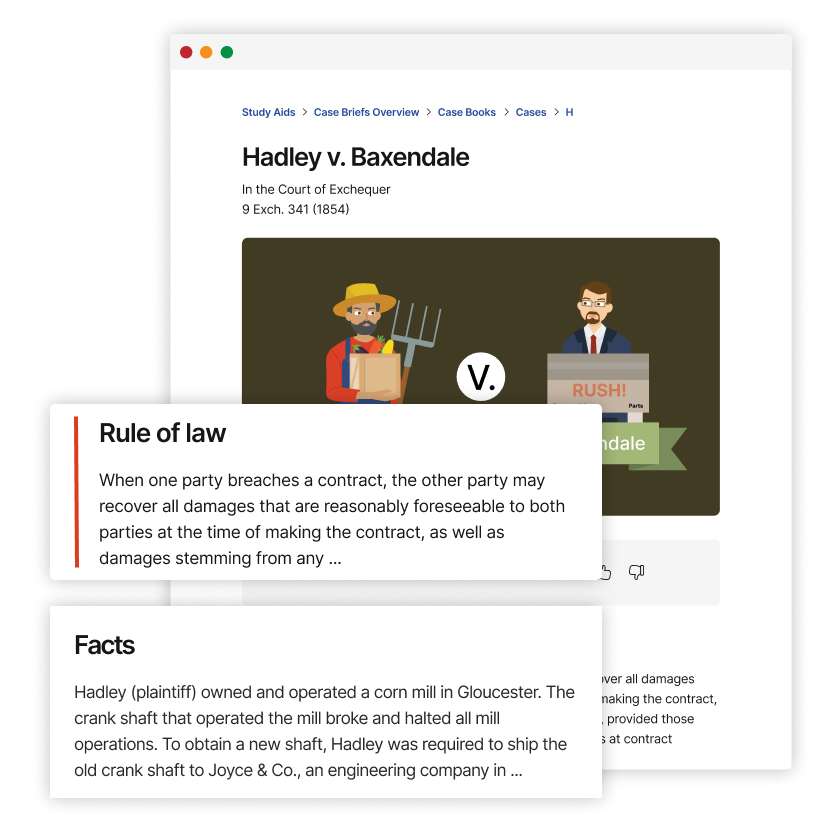Nally v. Grace Community Church of the Valley
California Supreme Court
47 Cal. 3d 278, 253 Cal. Rptr. 97, 763 P.2d 948 (1988)
- Written by Nicole Gray , JD
Facts
In 1979, Kenneth Nally committed suicide. Nally had a history of depression and had been participating in Grace Community Church of the Valley’s (defendant) ministries and pastoral counseling programs for several years before his death. Nally also saw a secular psychologist for his depression, discussing topics similar to those that he discussed with Grace’s clergymen (defendants) including life, relationships, and family issues. Three weeks before his death, Nally was hospitalized for overdosing on antidepressants. Nally confessed his wish that he had succeeded in his suicide attempt to one of Grace’s clergymen and a hospital-staff psychiatrist. The psychiatrist recommended that Nally voluntarily commit himself to a mental-health institution, but Nally refused, with the encouragement of his parents who did not believe that Nally was insane. When Nally was released from the hospital, he went to stay with another of Grace’s clergymen, who encouraged Nally to continue to see the hospital psychiatrist and arranged for Nally to be examined by a physician. Before Nally’s death, several clergymen referred Nally to see physicians, and one referred Nally to a psychiatrist. Nally’s parents (plaintiffs) sued Grace for wrongful death, alleging clergyman malpractice and negligence for failure to prevent Nally’s suicide. A trial court nonsuited the matter. However, a court of appeals reversed, holding that non-therapists have a duty to refer suicidal counselees to qualified psychiatrists or psychotherapists to prevent suicide. Grace appealed.
Rule of Law
Issue
Holding and Reasoning (Lucas, C.J.)
Concurrence (Kaufman, J.)
What to do next…
Here's why 899,000 law students have relied on our case briefs:
- Written by law professors and practitioners, not other law students. 47,000 briefs, keyed to 994 casebooks. Top-notch customer support.
- The right amount of information, includes the facts, issues, rule of law, holding and reasoning, and any concurrences and dissents.
- Access in your classes, works on your mobile and tablet. Massive library of related video lessons and high quality multiple-choice questions.
- Easy to use, uniform format for every case brief. Written in plain English, not in legalese. Our briefs summarize and simplify; they don’t just repeat the court’s language.





